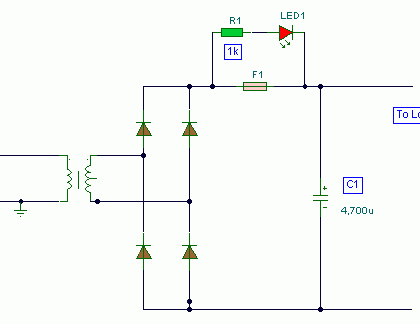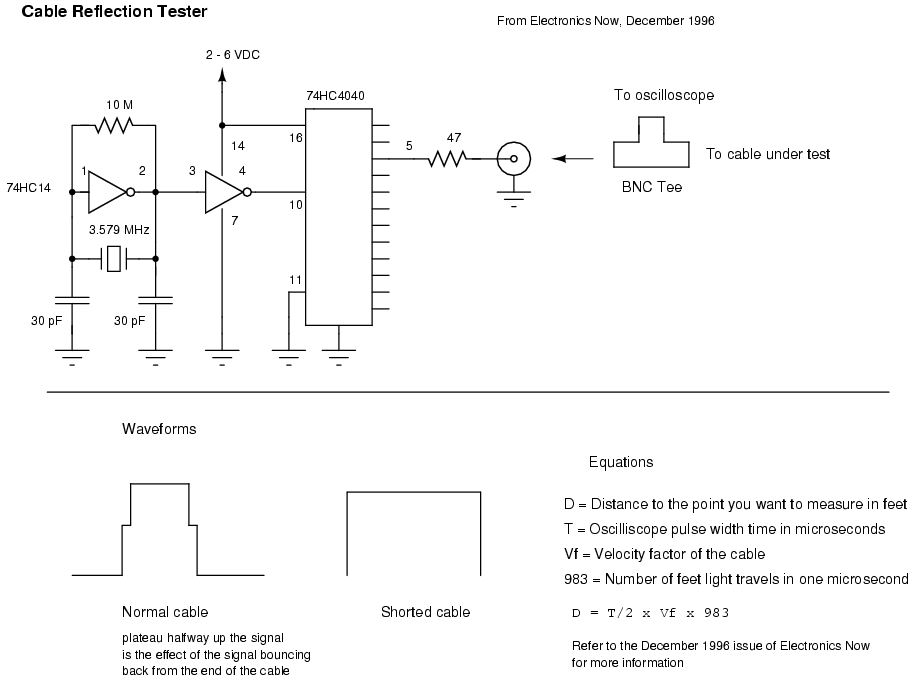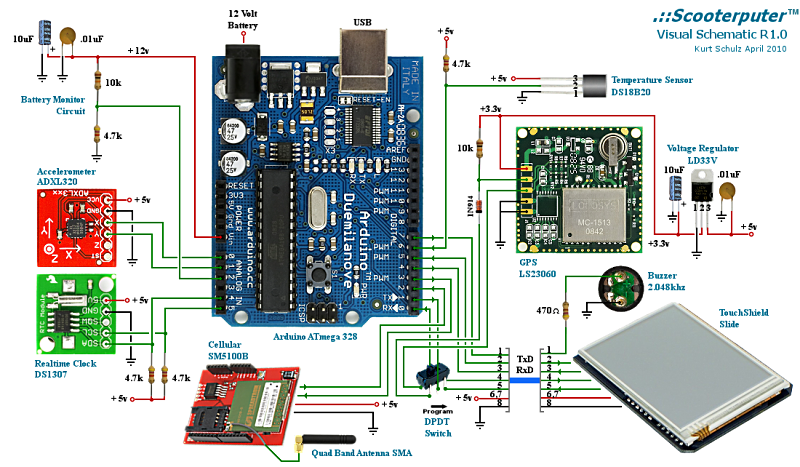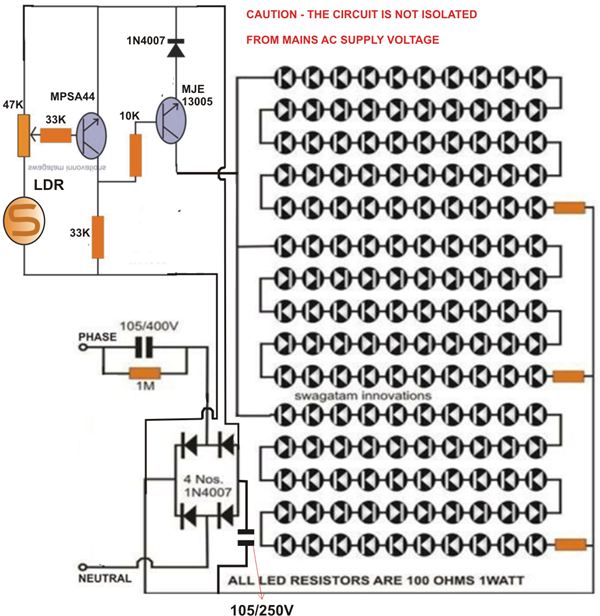
Indicators Projects

A simple circuit for monitoring the fuel level in vehicles. It provides an audiovisual indication when the fuel level drops alarmingly below the reserve level, assisting in fuel management.
The fuel level monitoring circuit typically consists of a fuel level sensor, a microcontroller or comparator, and an output stage that drives an indicator. The fuel level sensor, often a float switch or a resistive level sensor, detects the fuel level in the tank and converts it into an electrical signal. This signal is then sent to a microcontroller or comparator, which continuously monitors the input.
When the fuel level falls below a predetermined threshold, indicating that the fuel is nearing the reserve level, the microcontroller activates an output stage. This output stage may include LEDs for visual indication and a buzzer or speaker for auditory alerts. The circuit may also incorporate a debounce mechanism to prevent false triggering due to fluctuations in the fuel level.
To ensure proper operation, the circuit should be powered by the vehicle's electrical system, typically 12V DC. It is essential to include protection components such as diodes to prevent reverse polarity and voltage spikes that could damage the circuit. Additionally, the use of capacitors can help filter any noise from the power supply, ensuring stable operation.
Overall, this fuel level monitoring circuit enhances vehicle safety and efficiency by providing timely alerts to the driver, allowing for proactive fuel management and reducing the risk of running out of fuel unexpectedly.A simple circuit for monitoring the fuel level in vehicles. It gives an audiovisual indication when the fuel level drops alarmingly below the reserve level, helping you to read more †’ 🔗 External reference
The fuel level monitoring circuit typically consists of a fuel level sensor, a microcontroller or comparator, and an output stage that drives an indicator. The fuel level sensor, often a float switch or a resistive level sensor, detects the fuel level in the tank and converts it into an electrical signal. This signal is then sent to a microcontroller or comparator, which continuously monitors the input.
When the fuel level falls below a predetermined threshold, indicating that the fuel is nearing the reserve level, the microcontroller activates an output stage. This output stage may include LEDs for visual indication and a buzzer or speaker for auditory alerts. The circuit may also incorporate a debounce mechanism to prevent false triggering due to fluctuations in the fuel level.
To ensure proper operation, the circuit should be powered by the vehicle's electrical system, typically 12V DC. It is essential to include protection components such as diodes to prevent reverse polarity and voltage spikes that could damage the circuit. Additionally, the use of capacitors can help filter any noise from the power supply, ensuring stable operation.
Overall, this fuel level monitoring circuit enhances vehicle safety and efficiency by providing timely alerts to the driver, allowing for proactive fuel management and reducing the risk of running out of fuel unexpectedly.A simple circuit for monitoring the fuel level in vehicles. It gives an audiovisual indication when the fuel level drops alarmingly below the reserve level, helping you to read more †’ 🔗 External reference





